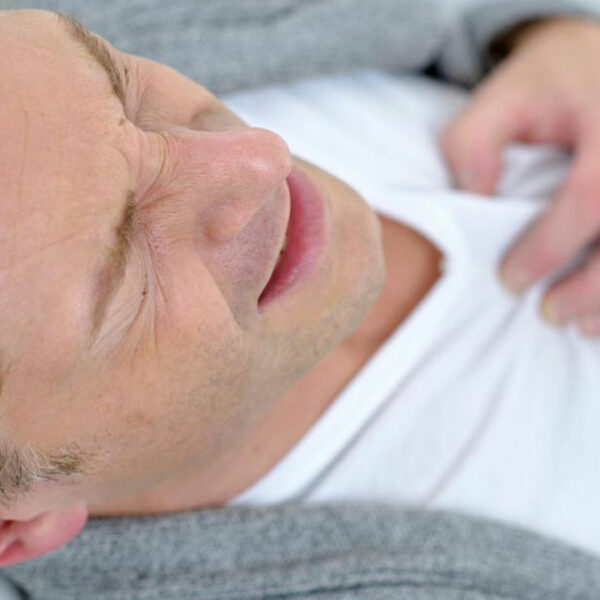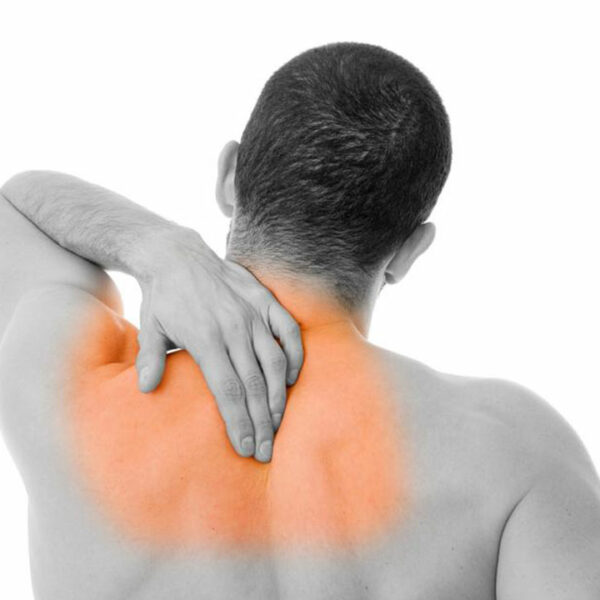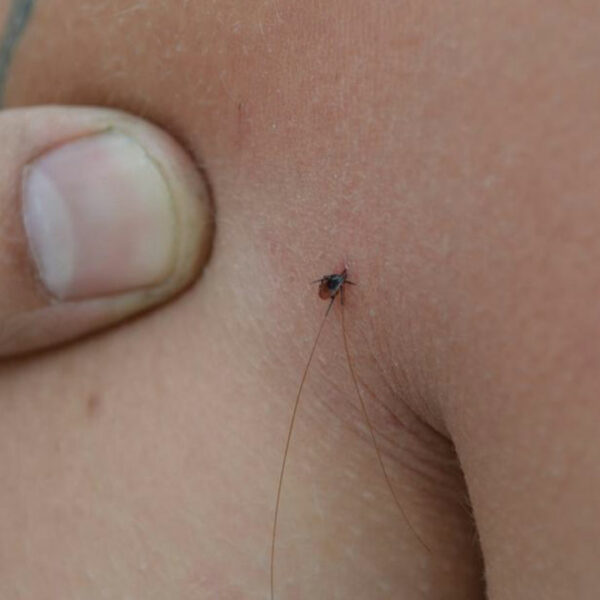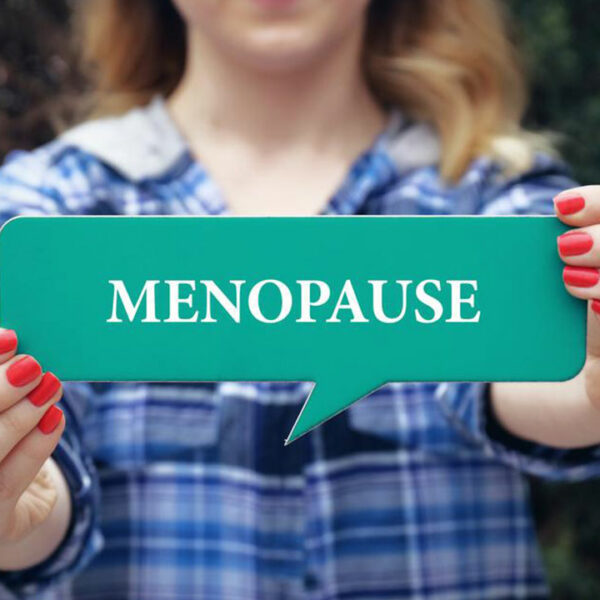
Ways to Cure a Hernia without Surgery
A hernia is a common problem among adults. It is diagnosed in one among ten people through their lifetime. The weakening of the muscular tissues causes them to tear which is the biggest cause of a hernia. The organ starts protruding outwards and even creates a bulge that grows with time. The abdominal contents are pushed through the new opening. Extra pressure due to excessive straining during constipation, picking up heavy objects and cough are some of the probable causes of a hernia. People suffer from different kinds of a hernia throughout their lifetime. Muscular weakness is one of the potential causes of a hernia. Surgeries using advanced tools and technologies are used to treat a hernia in the recent times. However, the problem can be cured in the initial stages. When you detect the symptoms of a hernia, you can practice some exercises and yoga to avoid the aggravation of the problem. All the methods are better than the invasive surgeries. Surgeries include major operations and a bed rest for six weeks. Many people turn anxious hearing the name of surgeries. Are there are possible treatment s for people who don’t desire to get operated? Well, there are many alternatives which can be used to treat a hernia without the need for surgery.









